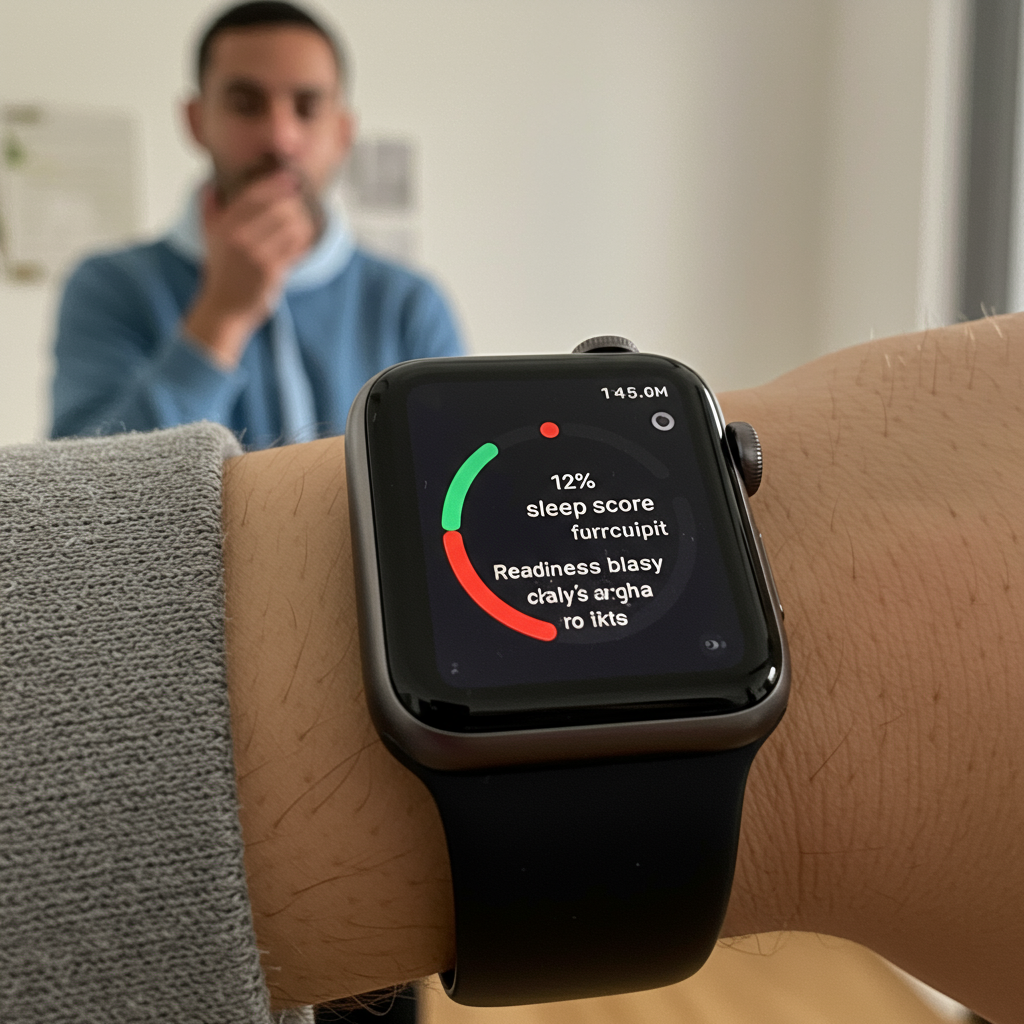Wearable technology is evolving rapidly, with smart glasses emerging as a key battleground for tech giants. Following the success of Meta and EssilorLuxottica’s Ray-Ban Meta smart glasses, Chinese tech powerhouse xiaomi has officially stepped into the ring with its own competitor. Unveiled at the company’s ‘Human x Car x Home’ event, the new Xiaomi AI Glasses are positioned as a direct challenge to the current market leaders, particularly targeting the significant demand within China.
Reports late last year hinted at Xiaomi’s ambitions, suggesting a partnership with Goertek, a China-based ODM known for producing various electronics, to develop a new generation of AI-assisted smart eyewear. These rumors indicated Xiaomi aimed to “fully benchmark” against the popular Ray-Ban Meta series, which notably doesn’t have an official presence in the Chinese market, leaving a significant gap for domestic players to fill. The official launch confirms Xiaomi’s serious entry into this competitive space.
Core Features and Design
At first glance, the Xiaomi AI Glasses share a fundamental design philosophy with their primary competitor: they deliberately omit a built-in display. Interaction relies entirely on voice commands and intuitive touch gestures on the frames, driven by Xiaomi’s integrated Hyper XiaoAi voice assistant. This approach prioritizes a lightweight, familiar form factor over augmented reality overlays.
The hardware package packed into the frames includes a 12MP camera equipped with electronic image stabilization (EIS), five microphones (one of which uses bone conduction technology for clearer voice capture), and two speakers subtly mounted within the temples. Powering these components is a combination of a low-power BES2700 Bluetooth audio chip and Qualcomm’s Snapdragon AR1 platform, enabling on-device processing for AI features.
Much like the Ray-Ban Meta glasses, Xiaomi’s offering supports both still photo and video capture. Users can snap pictures or start recordings using a simple voice prompt or a quick tap on the frame. The camera captures high-resolution 4,032 x 3,024 photos and records video at 2K resolution at 30 frames per second, complete with EIS for smoother footage. While capable, continuous video recording is capped at 45 minutes per session.
Performance and Battery Life
Battery performance is a critical factor for any wearable device designed for all-day use. The Xiaomi AI Glasses are equipped with a 263mAh silicon-carbon battery. Xiaomi provides detailed estimates for various usage scenarios, offering a clear picture of expected endurance. The company rates the glasses for approximately 8.6 hours of mixed use. This mixed usage could include activities like taking 15 one-minute video clips, capturing 50 photos, engaging in 90 minutes of Bluetooth calls, or conducting 20 minutes of voice conversations with the XiaoAi assistant. For less demanding tasks, the battery can reportedly last up to 21 hours in standby mode or provide 7 hours of music listening via the built-in speakers. Charging is handled via a USB Type-C port and is relatively quick, taking around 45 minutes to reach full capacity. Weighing in at a mere 40 grams, the foldable design also contributes to comfort and portability.
Unique and Localized Innovations
Xiaomi has integrated several features aimed at differentiating their smart glasses and catering specifically to the Chinese market. One standout innovation is the planned integration with Alipay. Expected to arrive via an over-the-air (OTA) update in September 2025, this feature will allow users to pay for goods and services simply by looking at a ubiquitous Alipay QR code and issuing a vocal payment command. This deep integration with a dominant local payment system is a significant advantage in China.
Another notable feature designed to enhance both practicality and style are the electrochromic lens options. Beyond the standard clear lenses, Xiaomi offers versions with electrochromic shading, including a colored variant. These lenses allow users to gradually adjust the intensity of the tint by touching the right frame, providing adaptable shading based on environmental light conditions or personal comfort. This technical capability goes beyond the fixed shading of many standard sunglasses or simple clip-on solutions. Furthermore, Xiaomi confirms that the base model with clear lenses can optionally accommodate prescription lenses through their network of online and offline partners, addressing a key need for many potential users.
Market Position and Availability
The Xiaomi AI Glasses are launching initially in China, with global availability remaining uncertain. Xiaomi has stated that the glasses were “optimized for Asian face shapes,” which may limit the potential for a broader international release of this specific model. This strategic focus on the domestic market aligns with the context of Ray-Ban Meta’s unofficial status in China and the evident unmet demand for high-tech smart eyewear there.
In the competitive landscape, Xiaomi isn’t the only Chinese tech company eyeing this market. Baidu, for instance, recently announced its Xiaodu AI Glasses, expected in the first half of 2025, powered by its Ernie large language model. Other major players like Oppo, Vivo, Huawei, and ByteDance are also reportedly exploring similar products. The success of Ray-Ban Meta globally, having shipped over 1.1 million units in its first nine months, has served as a significant catalyst and benchmark, prompting many companies to develop their own “answer.”
While the market sees various approaches, from camera-focused glasses like Xiaomi’s and Ray-Ban Meta’s to AR display glasses (like the Brilliant Labs Frame or Xreal Air series), the trend is towards sleeker, lighter designs that integrate advanced AI features for utility rather than immersive visuals. Xiaomi’s entry with a mainstream, camera-equipped model under its core brand name marks a significant step, differing from earlier, more limited efforts like the audio-only Mijia Smart Audio Glasses 2 or the limited release Mijia Glasses Camera (which did feature cameras and a display but wasn’t mass-marketed under the main Xiaomi brand).
For design, the AI Glasses are offered in a singular frame shape but provide choice through three color options: classic black, a semi-transparent tortoiseshell brown, and a distinct parrot green. The lens options (clear, electrochromic shaded, colored electrochromic) provide further customization.
Pricing in China is set competitively. The base model with clear lenses costs ¥1,999 RMB, which is approximately $280 USD. The electrochromic shaded version is priced at ¥2,699 RMB (~$380 USD), and the colored electrochromic shaded lenses are ¥2,999 RMB (~$420 USD). These price points position them squarely against or slightly below competitors in the smart glasses market. Initial market reaction in China appears strong, with reports indicating over 25,000 reservations placed on e-commerce platform JD.com shortly after the official announcement.
Frequently Asked Questions
What are the main features of the new Xiaomi AI Glasses?
The Xiaomi AI Glasses feature a 12MP camera with EIS, five microphones (including bone conduction), two speakers, and are powered by a Snapdragon AR1 chip and BES2700 audio chip. They integrate Xiaomi’s Hyper XiaoAi voice assistant for interaction via voice and touch, deliberately omitting a display screen. Key functionalities include high-resolution photo and video capture (up to 2K/30fps), foreign language text translation, and planned Alipay QR code payment integration.
How do Xiaomi AI Glasses compare to Ray-Ban Meta smart glasses?
Xiaomi AI Glasses are designed as a direct competitor to Ray-Ban Meta, sharing similarities like a focus on camera and audio features, reliance on voice/touch interaction without a display, and utilizing a Qualcomm chip (AR1 vs. AR2). Key potential differences include Xiaomi’s planned Alipay payment feature unique to the Chinese market, the option for adjustable electrochromic shaded lenses, and the specific battery life profile (8.6 hours mixed use claimed). Both aim for a stylish, wearable form factor.
Where can I buy Xiaomi AI Glasses and are they available globally?
The Xiaomi AI Glasses launched on June 26, 2025, and are available for purchase initially in China. Xiaomi has stated the glasses were optimized for Asian face shapes, making global availability uncertain for this particular version. Pricing in China starts at ¥1,999 RMB (~$280 USD) for the base model, with options for electrochromic lenses at higher price points. Initial interest in China has been strong, indicated by significant pre-orders on platforms like JD.com.
Conclusion
Xiaomi’s entry into the smart glasses market with its new Xiaomi AI Glasses is a significant development, particularly for the Chinese market where demand is high but official Ray-Ban Meta availability is absent. By focusing on a familiar, display-less form factor similar to Ray-Ban Meta but integrating localized features like Alipay payment and innovative elements like electrochromic lenses, Xiaomi is leveraging its strengths in hardware manufacturing and its deep understanding of the domestic consumer. While global availability remains a question, the launch signals Xiaomi’s serious commitment to the wearable AI space, setting the stage for increased competition and innovation in the coming years. Backed by competitive pricing and strong initial domestic interest, the Xiaomi AI Glasses are poised to become a major player in the rapidly evolving smart eyewear category.
Word Count Check: 1010




